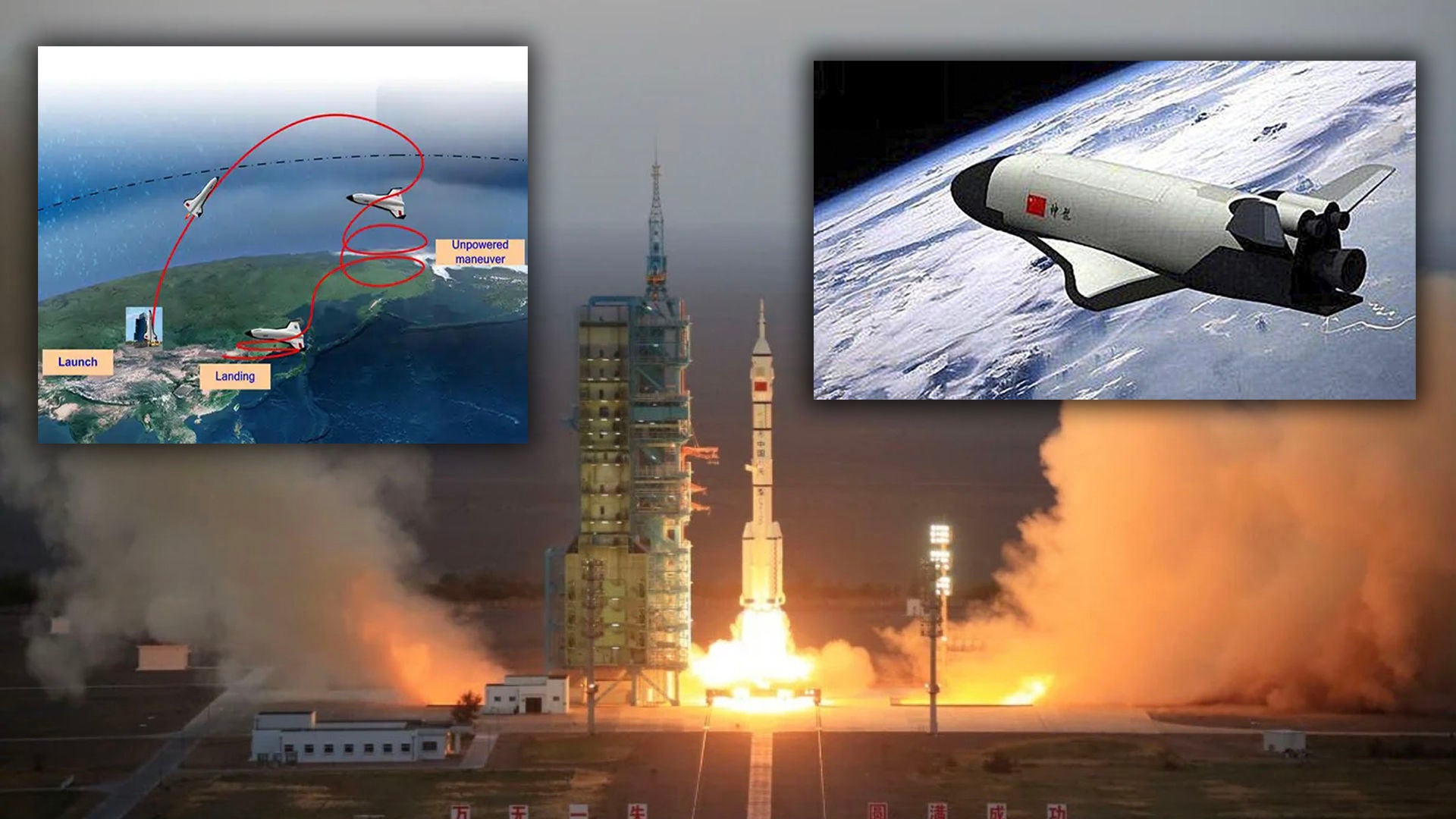Beijing says it has successfully launched an uncrewed “reusable experimental spacecraft” from the Jiuquan Satellite Launch Center located in the Gobi Desert in northwest China. Space-Track.org, a U.S. government online database of public space launches that the U.S. military’s Combined Space Operations Center and the U.S.-Canadian North American Aerospace Defense Command maintain, confirmed that the “PRC TEST SPACECRAFT” successfully made it into space.
The as-yet-unknown space vehicle was delivered into low Earth orbit atop a Long March 2F carrier rocket on September 4, 2020. The launch was the 14th mission for the Long March 2F rocket and was apparently the result of months of preparations at Jiuquan.
The exact purpose of the mission remains unclear.
“After a period of in-orbit operation, the spacecraft will return to the scheduled landing site in China,” announced a report from state news agency Xinhua. “It will test reusable technologies during its flight, providing technological support for the peaceful use of space.”
There have been many rumors that the test involves a new type of spaceplane. This is a vehicle designed to use its wings and body to generate lift to glide like a conventional aircraft inside Earth’s atmosphere and maneuver like a spacecraft while in space. Aside from their reusability, other key advantages of spaceplanes include reduced turnaround time between launches and the ability to be configured to carry a wider array of payloads, which can be returned to earth, and to perform various other specialist missions. Potentially, their reusability could ultimately bring down space access costs, but this really hasn’t been proven to any large degree.
There’s already speculation that the new space vehicle involved is a Chinese equivalent of the Boeing X-37B or the planned European Space Agency Space Rider. The mysterious X-37B began its sixth mission on May 17, 2020, when it was launched atop an Atlas 5 rocket from Space Launch Complex-41 at Cape Canaveral Air Force Station, Florida.

The Pentagon’s highly secretive X-37B operates much like a mini-space shuttle, launching atop a conventional rocket. The uncrewed craft has been operating for years with few official explanations of its actual mission. Recently, however, it was confirmed that the spaceplane has been involved in experiments using the Photovoltaic Radio-frequency Antenna Module (PRAM), which is planned to eventually be able to harvest energy using solar panels and send that power back down to Earth in the form of microwaves. You can read more about those experiments here, as well as an interview with the scientist who developed it.

A vehicle like the X-37B would have the potential to carry reconnaissance payloads and even undertake offensive missions in space on behalf of the People’s Liberation Army. These could include jamming or blinding enemy satellites, releasing microsatellites that could interfere with or damage other satellites, and more. You can read about some of these potential in-orbit anti-satellite capabilities here. Of course, a Chinese spaceplane could also be utilized for a wide range of non-offensive experiments or other risk-reduction efforts, as well.
Many of these missions could also be achieved by a recoverable capsule, which would be less technologically challenging to realize than a spaceplane. So far, however, no official details of the new Chinese spacecraft have been disclosed and there are reports that additional security was in place around the space center prior to launch, presumably to prevent unwanted ‘leaks’ of imagery on social media.
According to Andrew Jones, a journalist who tracks China’s space program, the launch tower at Jiuquan underwent significant modifications ahead of the latest launch. This led to rumors that the latest mission involved a payload of increased dimensions than previous Long March 2F cargoes.
In its past launches, the first of which took place in 1999, the Long March 2F has been used for both crewed and uncrewed Shenzhou spacecraft missions and has also transported two Tiangong space labs. The rocket is thought to be capable of carrying a payload of around 18,5000 pounds to low Earth orbit — this is greater than the 11,000-pound launch weight of the X-37B as declared by the U.S. Air Force.
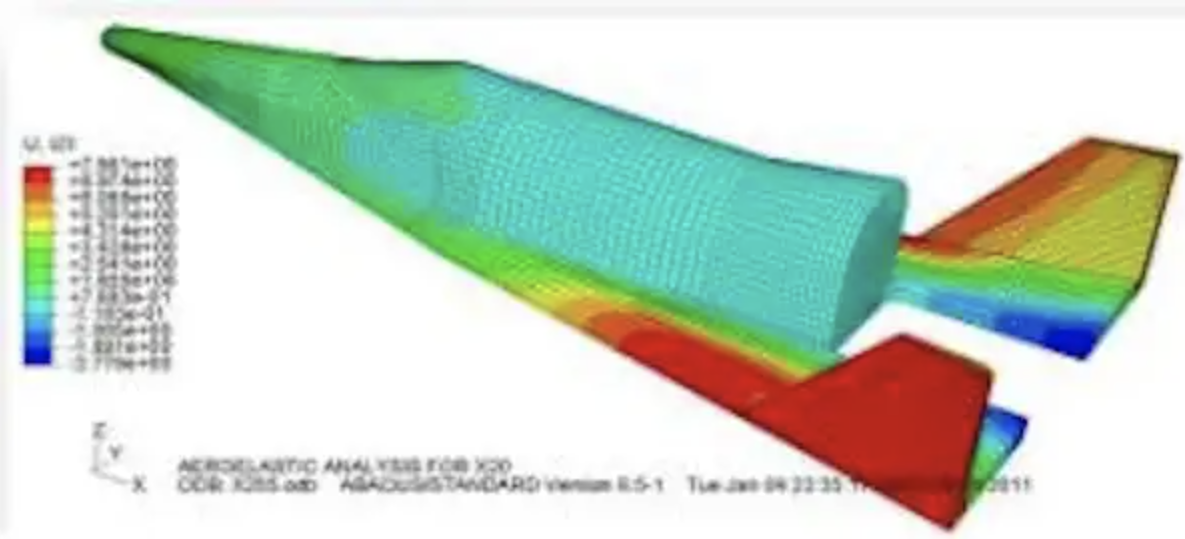
As long ago as 2017, the China Aerospace Science and Technology Corporation (CASC) unveiled questionably ambitious plans to launch a reusable spaceplane. However, a report from Xinhua at the time quoted CASC researcher Chen Hongbo as saying the spacecraft “will fly into the sky like an aircraft,” suggesting it would be capable of conventional (horizontal) take-off, rather than requiring the assistance of a traditional space launch rocket.
Early details of this spaceplane provided by the Chinese media indicated that it would be a questionably ambitious design able to transport people or a payload into orbit before returning to Earth. The spacecraft launched today could potentially be a technology demonstrator, or at least a more modest vehicle, perhaps preceding the development of a single-stage-to-orbit (SSTO) spaceplane, which would be able to venture to space without the need for a carrier rocket or additional fuel tanks and boosters.
However, as aerospace consultant Jean Deville explains in his excellent overview of Chinese spaceplanes, the country has been working on the design of spaceplane vehicles since the 1980s, paralleling similar efforts in Europe, Soviet Union, the United States, and elsewhere. By the early 1990s, Beijing seemed to have shelved spaceplanes due to the technological challenges and instead concentrated on the more conventional Shenzhou spacecraft that could be realized more easily in the near-term.
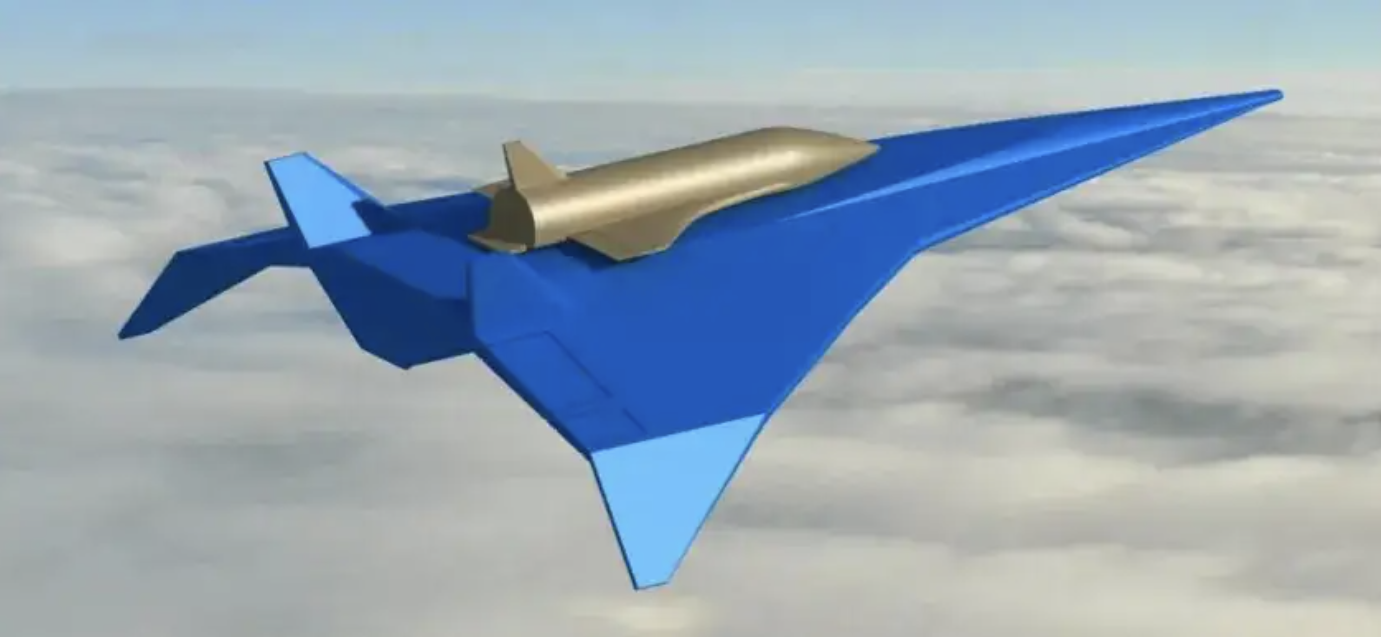
Chinese interest in reusable spaceplanes then returned in the mid-2000s, with a view to eventually bringing down the costs involved in putting payloads into orbit. At this point, Deville observes, China envisaged a three-step plan, of increasing complexity: (1) a vertical take-off, horizontal-landing vehicle, (2) a two-stage-to-orbit horizontal take-off, horizontal-landing vehicle, and (3) a horizontal take-off, horizontal-landing SSTO spaceplane.


Meanwhile, China was also working on the Shenlong spaceplane demonstrator, which first appeared in a photo showing it carried under the belly of an H-6K bomber, in December 2007. This may have undertaken atmospheric and suborbital test flights in 2010 and 2011, but little more is known about it.
In the second part of his analysis, Deville provides a look at some of the Chinese spaceplane projects disclosed so far, including those thought to have been abandoned, and in the process provides this very useful infographic:
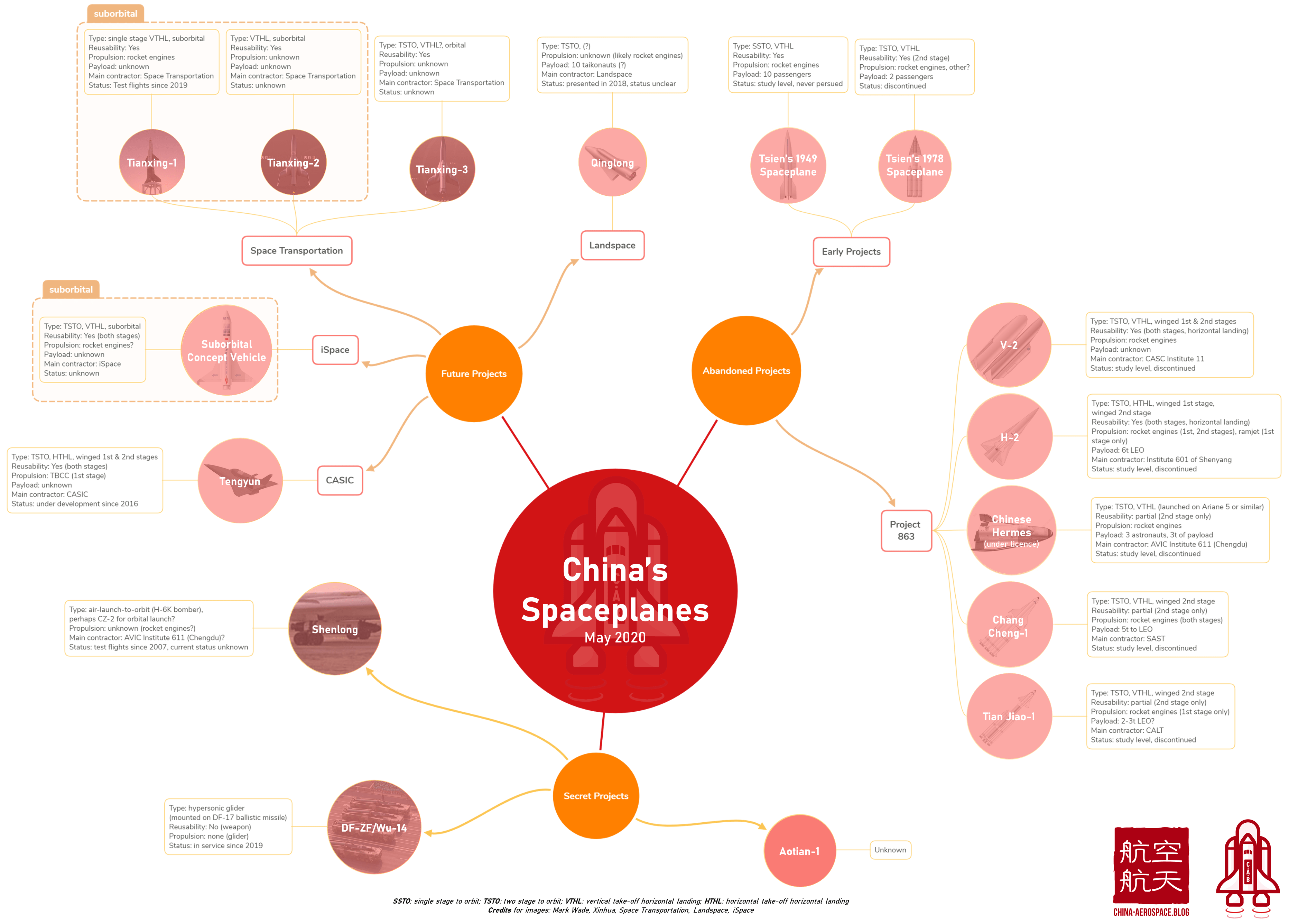
Of course, until more details are revealed it’s impossible to say which — if any of these projects — was taken into orbit by the Long March 2F carrier rocket earlier today. While some are clearly highly ambitious programs unlikely to appear as hardware any time soon, at least one, the Tianxing-1 developed by a Chinese start-up, has supposedly already recorded some test flights.
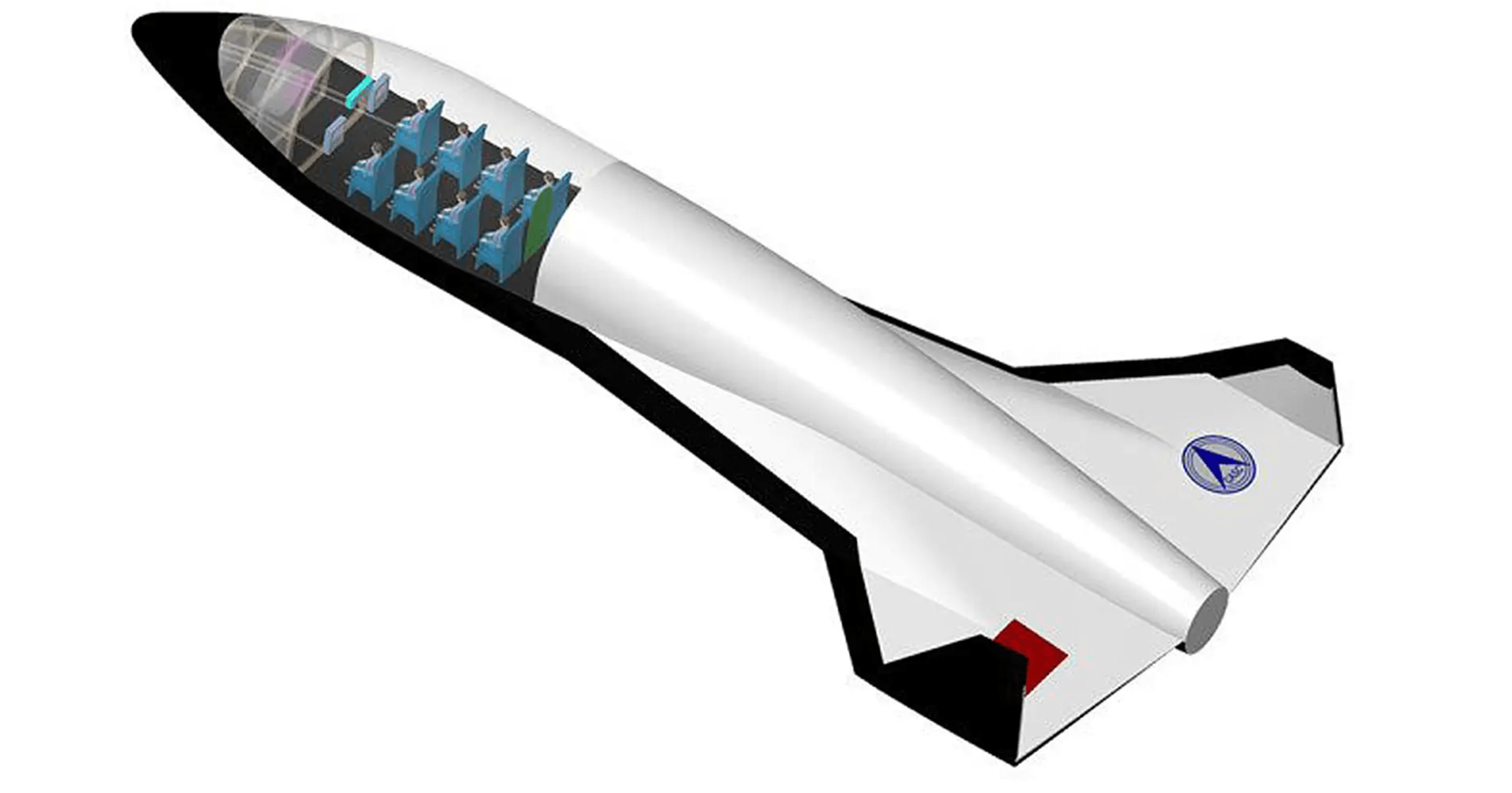
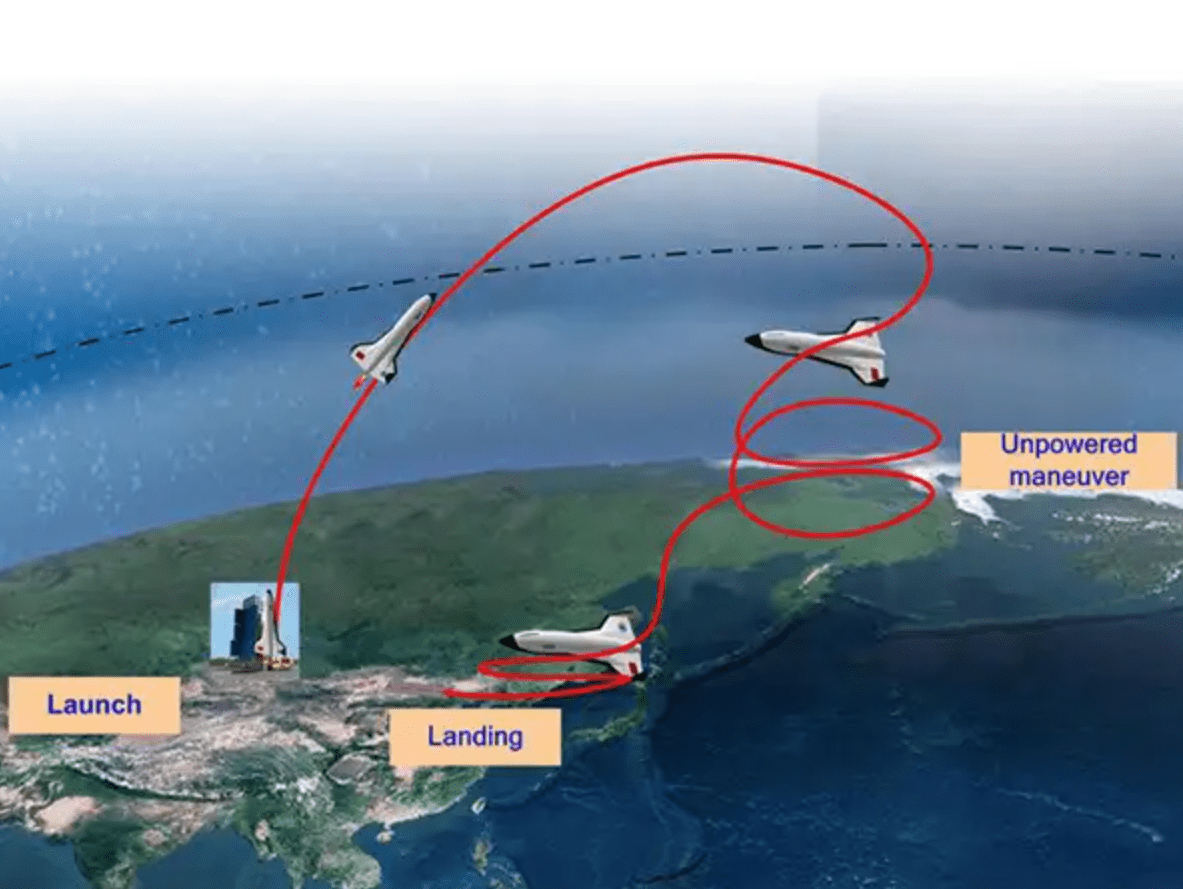
China’s extensive list of spaceplane projects also includes those with expressly civilian applications — at least initially — as the country looks toward the burgeoning space tourism industry. You can read about the 20-seat autonomous suborbital spaceplane proposed by the China Academy of Launch Vehicle Technology (CALT) in this previous article.
Back when it was announced in 2016, the CALT team reportedly expected their spaceplane to begin flight tests in 2020, without passengers. However, there’s no evidence that today’s launch is related to this proposal.
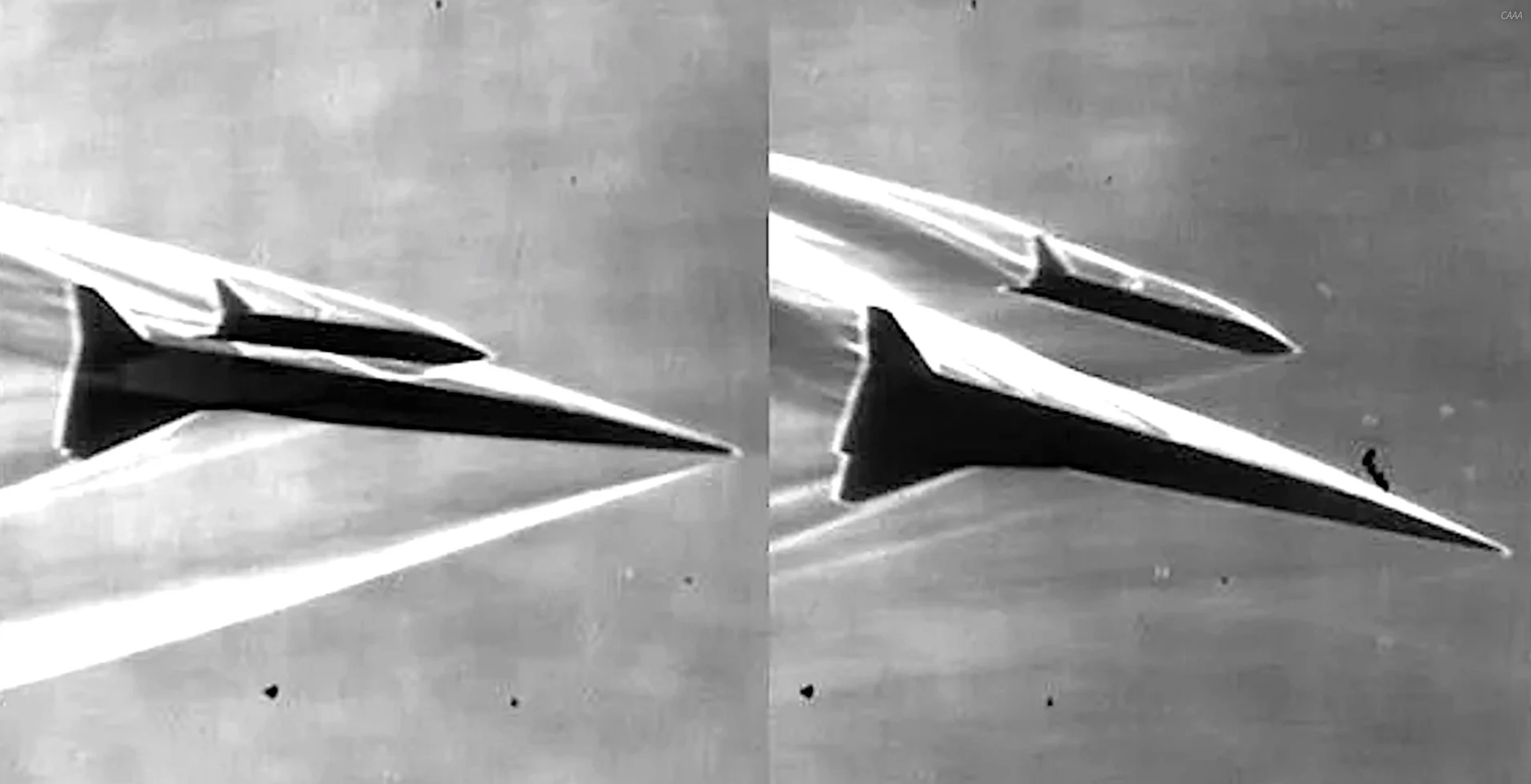
Last year, we also saw the China Academy of Aerospace Aerodynamics (CAAA) reveal images of wind-tunnel tests of a model of a so-called two-stage-to-orbit spaceplane launching from the back of a mothership aircraft. In this concept, rather than use a space launch rocket, it would rely on a fast- and high-flying scramjet-powered mothership aircraft to carry it on top of its fuselage. The spaceplane would then be launched at a very high altitude, using its own rocket motor to climb into orbit.
Regardless of China’s ongoing interest in spaceplane technologies, most of which likely remain far off in the future, at best, it’s clear that China is investing heavily in the idea of reusable space launch systems as it seeks to further establish itself as a major space power. This craft could represent a major step toward realizing those ambitions and it could offer China a highly agile and reconfigurable ‘space truck’ to accomplish a wide variety of missions in order in relatively short order.
Contact the author: thomas@thedrive.com
